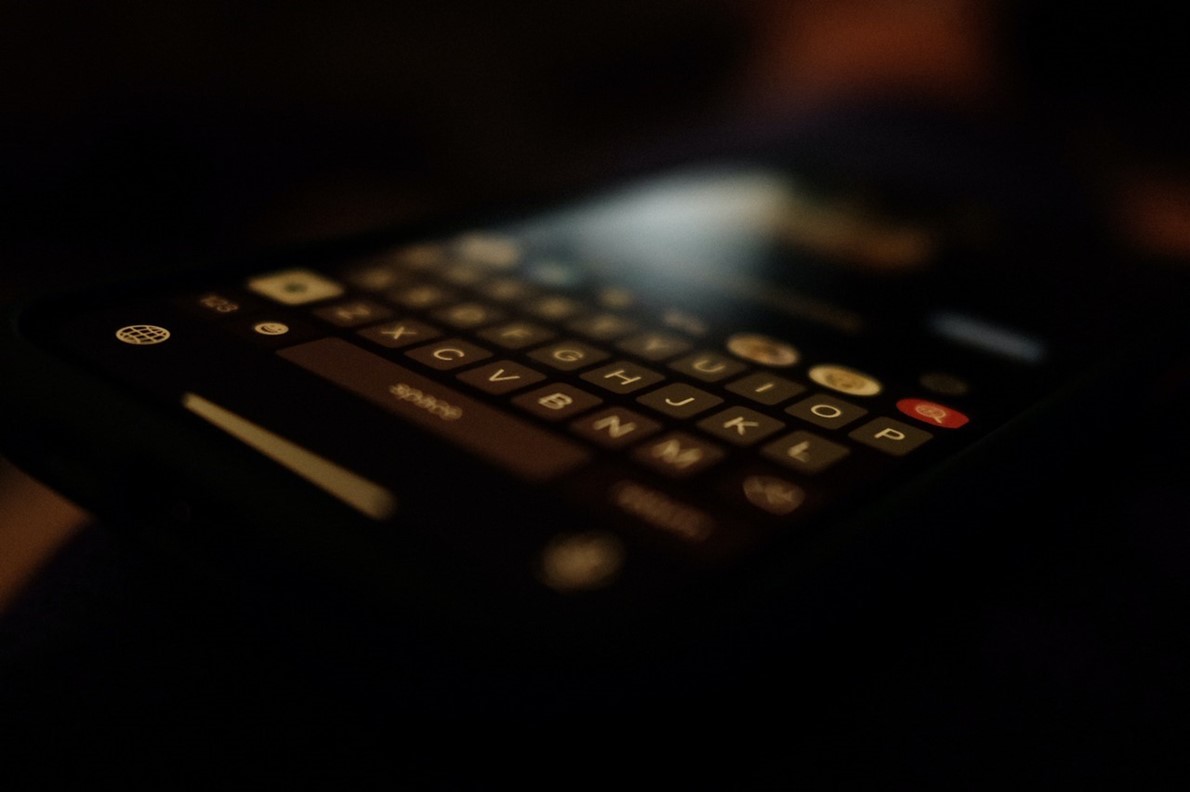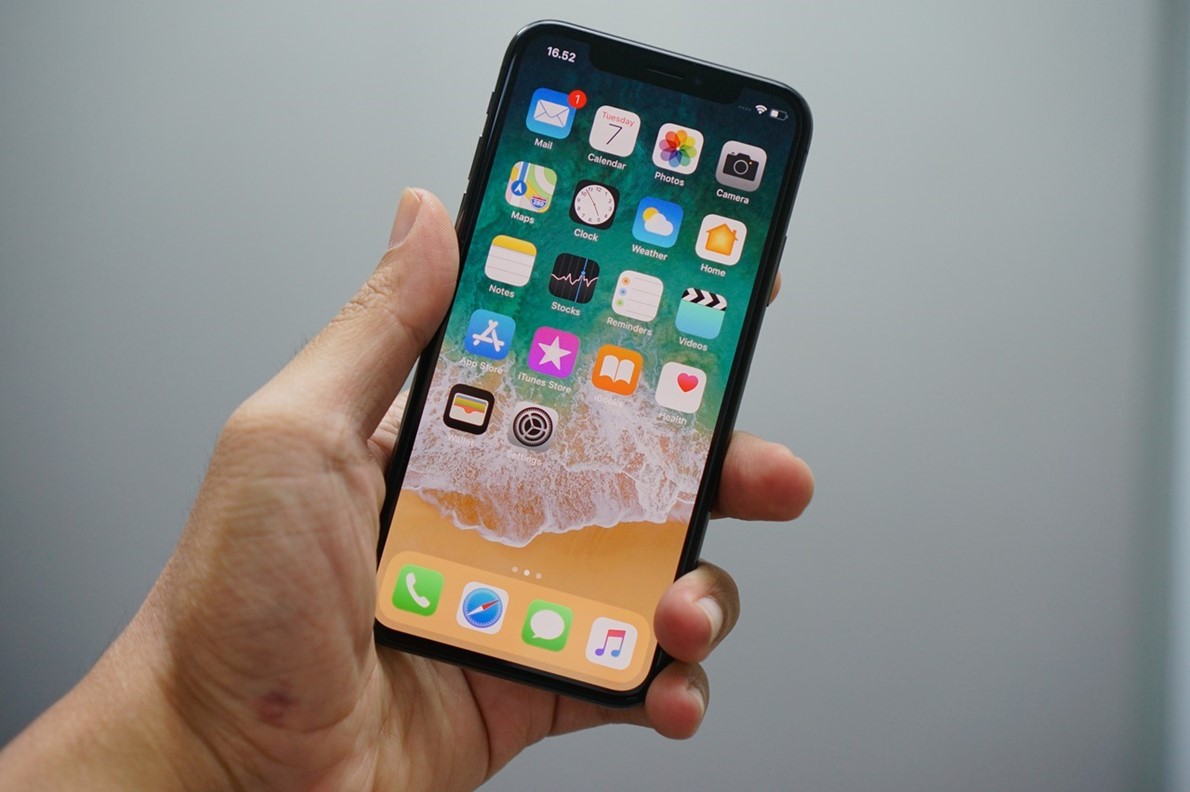The
text-messaging app has always been the most-used app on my phone. It is fun and
efficient, and it is often a quicker way to get a response than sending an
email or making a phone call.
اضافة اعلان
Yet, even as
Apple delivered a slew of new text-messaging features in a software update this week
— and as Google has made improvements to its Android Messenger app over the
years, like adding colorful emojis — texting still leaves much to be desired.
Apple’s latest
software system, iOS 16, which was released Monday, includes enhancements to its
iMessage app. Texts can now be edited after they are sent to scrub out
embarrassing typos; a message can also be retracted. Google’s Messages app for
Android has tools that automatically generate responses to texts.
These changes help
us sidestep awkward situations and save time, but they do not address a larger
societal problem: Texting is distracting, demanding, and, at least at times,
stressful.
The pros of text
messaging can easily turn into cons. Since texting typically takes only a few
seconds and is widely considered the most urgent, attention-grabbing form of
digital communication, it is difficult to set boundaries around texting with
our colleagues and friends. Texting invites us to intrude on other people’s
time.
“Where does your
work end, and where does your personal life begin?” said Justin Santamaria, one
of the iPhone engineers who developed the iMessage app more than a decade ago.
“That’s something over the past three years everybody has struggled with, and
it’s playing out on your home screen.”
Texting is also not
the most secure form of communication, said Caitlin George, a managing director
at Fight for the Future, a digital rights advocacy group.
“It should be
something that everybody should have and not have to worry or think about,” she
said of the need for a universal private texting service.
The new messaging
features are simple to use. On iPhones running iOS 16, holding down on a sent
message opens options to edit or retract it. Android users can open Google’s
Messages app, enter the settings and toggle on “Enable chat features” to use
the new texting technology, called Rich Communication Services.
Here is my wish
list to improve texting.We need an away
message
To minimize the likelihood that we will be bombarded by texts, Apple and
Google have added layers of settings to tell others when we are busy. Yet the
tools are ineffective.
Apple’s
iOS includes Focus, a tool released last year to manage how phone notifications
appear in various aspects of our lives, including at work, at home, when we are
driving or heading to bed. In a work profile, for example, Focus can be set up
to let text and phone notifications arrive only from colleagues; anyone not on
the approved list gets a message that notifications are not being received.

My problem with
Focus is that it is overly complex. Setting up each Focus profile is
time-consuming, and it requires effort to schedule a Focus to activate at
certain times or to remember to toggle the feature on or off. In my experience,
even when my Focus setting tells people that I’m not receiving notifications,
they text me anyway.
Santamaria, the
former iPhone engineer, now runs Future, a messaging app for people to talk to
fitness trainers. He said that he understood the intent behind Apple’s Focus
but that he agreed it was too cumbersome to set up.
“I don’t want my
friend on the East Coast to not send me some funny meme because I’m asleep if
it’s not going to wake me up,” he said.
Yet every
notification for a new text message adds to a to-do list to respond to someone.
“This red dot grows,” he said.
Google’s messaging
app has a so-called Smart Reply tool, which automatically generates possible
responses to a text message, including one that says you are busy. But you
still have to manually select a response.
Apple’s and
Google’s text messaging apps would benefit from a much simpler tool: the away
message.
AOL Instant
Messenger, one of the earliest online messaging services, from the 1990s, had a
simple autoresponder with a memo that users could use to tell people why they
were unavailable. Slack, the chat app for workplace collaboration, has the
ability to display an away status like “on vacation until Monday.” It’s
effective at stopping people from sending a message.
We need a scheduling
tool
One of the beauties of text messaging is the ability to share something —
like an idea or a photo — immediately. But the iPhone messaging app still lacks
an easy way to avoid pestering people at unreasonable hours: the ability to
schedule a message to send later.

Here is where
Android’s messaging app has a clear advantage. Last year, Google added a
scheduling tool. After composing a message, hold down the send button. A
“Schedule send” button appears, letting you set a time and date for the text to
be sent. Tha is useful because we often send texts at unreasonable hours for
fear of forgetting to send it later, and a scheduling tool solves this problem.
We need Apple and
Google to work together
The lack of interoperability between the iPhone and Android messaging
services makes photos and videos look pixelated when sending them between
Androids and iPhones, a dreaded digital phenomenon known as the “green bubble”
effect.
At a tech conference last week, an audience member
raised this issue with Tim Cook, Apple’s CEO. In a question-and-answer session,
Cook was asked whether Apple would consider making the iPhone’s messaging
service work with Google’s Rich Communication Services so that the questioner
could send clearer videos to his mother, who had an Android phone.
“I don’t hear our users asking that we put a lot of
energy in on that at this point,” Cook said. “Buy your mom an iPhone.”
An Apple spokesperson declined to comment.
George of Fight for the Future said Cook’s comment
was elitist because not everyone could afford an iPhone. The incompatibility
between Apple’s and Google’s messaging apps also posed a problem to digital
privacy, she said.
Apple and Google encrypt their messaging apps to
make messages indecipherable to anyone but the sender and the recipient. But
the encryption works only when Apple phones text Apple phones and Android
phones text Android phones. When users of different mobile operating systems
text one another, their messages lack encryption, making the content readable
to other parties like phone carriers.
While third-party texting apps like Signal offer
encrypted messaging between Apple and Android phones, those tools are not as
widely used as the default texting apps that arrive on our phones.
A Google spokesperson referred to a series of tweets
by Hiroshi Lockheimer, the Google executive overseeing Android, stressing the
need for Apple to support Rich Communication Services to strengthen privacy
protection for Android and iPhone users.
“By not incorporating RCS, Apple is holding back the
industry and holding back the user experience for not only Android users but
also their own customers,” Lockheimer said.
Read more Technology
Jordan News

